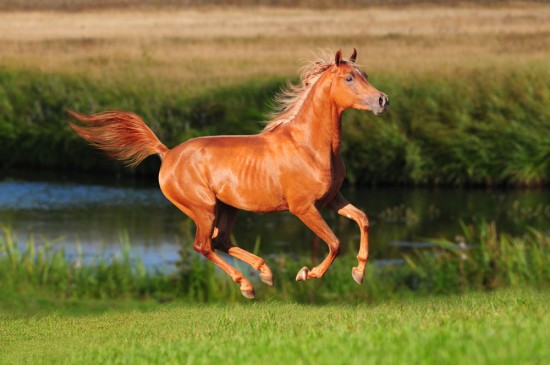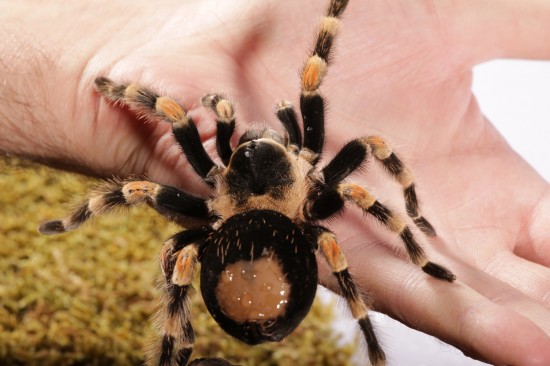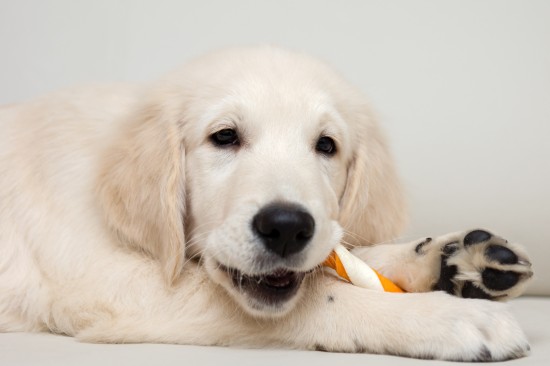

If you are a keen rider and enjoy every aspect of both riding and stable management, it may have crossed your mind that you would like to own a horse or pony of your own. Being lucky enough to own your own horse or pony is a significant privilege for the equine enthusiast, and something that many horse lovers and riders are never be able to achieve, no matter how experienced or competent they are as riders or how much they love horses and riding as a whole. Horses and ponies are, of course expensive; both to buy and to keep, and they also require a significant amount of time and attention to be dedicated to their care and wellbeing, as well as the time spent riding and enjoying the perks of ownership!
If you have been taking riding lessons for some time, are reasonably competent and have plenty of on-the-ground experience of stable management, you may be ready to look into finding out if you are able to make both the time and monetary commitment required to be able to own your own horse or pony.
This guide should be considered as an introduction to the basics of horse and pony buying. It will not offer up the kind of answers that the in-depth research you will also need to undertake will provide, nor will it give you a definitive yes or no answer to the question of whether or not you are ready and able to take on ownership of your own horse or pony.
However, if you are simply looking to find out the basics of what is involved in buying and providing for a horse or pony and if the idea is worthy of further consideration, it is a good start! Read on to find out more about buying and providing for a horse or pony, plus the various elements that you will need to consider as part of the decision making process.
There is a lot to consider even at the initial stages of trying to ascertain if owning a horse or pony is the right decision for you, and this list is by no means exhaustive! However, you must consider all of the following factors before you begin to look into the individual elements of ownership in more detail, and be clear about how things would or would not work out for you.
All of this is just for starters... Buying a horse or pony is not an endeavour to be undertaken lightly! More help and advice on deciding if horse or pony ownership is right for you can be found here.
This question is right up there with “how long is a piece of string!” The purchase price of a riding horse or pony can go from under £1,000 at the very bottom of the scale, up to tens of thousands of pounds and even more. The best way to get a feel for the market in your area and an approximate guide to the amounts of money that horses and ponies of the type that you are considering can change hands for is to check out classifieds advertisements, and horses and ponies for sale, such as those offered by private sellers here on Pets4Homes.
The cost of caring for and maintaining a horse or pony on a day-to-day basis can vary enormously depending on the needs of your particular animal, the area that you live in, and where and how they are kept. Because the variations are so significant, it would be disingenuous to try and give a guide price for the annual costs of horse or pony ownership, taking into account all of the different things you will need to provide and pay for. As a basic guide, you will need to price up and take into account the cost of providing for or buying all of the following factors:
How much or how little time you will need to spend taking care of your horse or pony every day can vary greatly depending on whether you take care of all of your horse’s needs from start to finish yourself, or pay for part or full livery assistance to do the main bulk of the work for you. Part or full livery may be the best option for you if you work long hours or are not able to attend to your horse or pony yourself every day, but it can soon prove expensive!
If you pay for assistance in feeding and mucking out your horse and pony on a full or part livery basis, nevertheless, in order to keep your mount well schooled and fit enough to ride, you will need to ensure that you have enough time to ride several times a week. You will also need to ensure that you can spend enough time bonding with your horse or pony. Even if you just plan to have a short ride a few times a week when it suits you, each ride normally takes a couple of hours to prepare for and execute at a bare minimum. This is quite different from turning up for riding lessons at a riding school or other professional establishment and finding that your mount has been caught, stabled, groomed, saddled and ready to go, and that any last minute help that you can offer is a bonus!
If you also do all of the additional stable management work for your horse or pony yourself, this can easily take up several hours of your time every day, and often requires two or more trips to the yard, every single day, come rain or come shine. Mucking out, feeding, turning up in the morning to change rugs, turn out and sort out the stable, as well as returning in the evening to bring your mount in, feed them and bed them down can soon prove very time consuming. One of the most common pitfalls that first time horse and pony owners fall into is underestimating the time involved in just caring for their horse or pony on a daily basis, regardless of how ordered or efficient things may seem in theory!
The diet that any horse or pony requires will depend on their breed, how they are cared for, what you do with them, and their activity levels. During the summer months, grass grazing may form a significant part of the diet of many horses and ponies, although this rarely provides sufficient nutrition for a riding animal on its own, other than for occasionally ridden and very hardy native breeds. In the winter, you will almost certainly need to feed hay supplementally, and the winter hay bill can often cost several hundred pounds alone!
Also, the vast majority of horses and ponies require regular meals of higher energy foods such as sugar beet, oats, bran, coarse mix, pony nuts, mollichaff and much more, all of which is fed in varying combinations that are uniquely tailored to the needs of the horse or pony in question.
Despite their large size, horses and ponies are rather delicate creatures, and require a significant amount of attention to be paid to their health and wellness. Vaccinations, regular health checks, worming treatments, dental check ups and treatment, and attention to the hooves is required on a regular basis, and it is important to spend a significant amount of time developing a thorough understanding of the normal health and conformation of the healthy horse or pony and how to spot any problems.
A more in-depth examination of common conditions that can affect horses and ponies can be found here, and information specific to the hooves and legs can be found here and here.
Veterinary treatment for horses and ponies is expensive, not least because vets change a significant callout fee to visit large animals away from the facilities of their surgery. You can often help to cut the cost of routine treatments by clubbing together with other horse owners to arrange group visits for vaccinations, dental procedures and regular essentials, but you must also make provision for any unexpected injuries or illnesses, and be able to provide financially for suddenly required visits from the vet.
For the vast majority of horse and pony owners, insurance is a vital part of ownership and protecting their investment, and can help to meet the costs of potentially expensive treatments. More information on horse insurance and its benefits and limitations can be found here and here.
Ridden horses and ponies are generally offered for sale by private sellers, and unlike most other pets and companion animals, it is relatively common to buy and own a horse or pony for a few years before selling them on as the rider’s interests and standard of riding expertise change and develop. This is especially true in the case with children’s riding ponies, as of course they will outgrow their mounts over time, both in terms of size and ability. Nevertheless, many riders will seek to buy and own their horse or pony for life, retiring it or loaning it out to another rider as it ages or is outgrown in terms of size and ability.
There are a great many potential places to look for advertisements for horses and ponies for sale, and these are just a few of them:
The process of choosing and buying a horse or pony is one that can take a significant amount of time, and is certainly not something that you should rush into. Read more about why finding the perfect horse or pony takes time, and some mistakes to avoid when buying a horse or pony.
Once you have viewed and ridden some horses and ponies for sale, and are certain that you have found the perfect mount, how you then come to negotiate the sale is a personal matter between you and the seller. Do not rush into anything, and always consider making an offer on the advertised price, as horses and ponies offered for sale are almost always priced with some room for negotiation built in.
Before committing to buy and making the sale, you will almost certainly want to have the horse or pony vetted prior to purchase, and a lot of guidance on what this procedure entails and how to navigate the buying process after you have decided you wish to buy any particular horse or pony can be found here.
Buying a horse or pony is not a minor undertaking, and vetting can help you to avoid making a costly mistake. It is also important to ensure that you are covered formally in law, and you may wish to have a contract of sale drawn up by a solicitor, with the negotiation and agreement of both the seller and yourself, to ensure that both of you are protected during the process of the sale and after the event. As well as a formal contract of sale, ensure that you receive receipts for all payments made to the seller, and that the receipts clearly outline what any given payment covers.
Once you are in the process of making your purchase, you will need to establish how you will transport your new horse or pony home and get them settled in.
If you find that the cost and commitment involved in horse or pony ownership is just outside of your reach at the present time, there are a couple of alternatives that you might wish to consider. Horses and ponies are sometimes offered on temporary or permanent loan to competent riders, or you may find that a ride share agreement or shared ownership deal offers a good interim stage between riding and ownership, or as an alternative to committing to a purchase.
 Tarantula Health And Wellness
Tarantula Health
Tarantula Health And Wellness
Tarantula Health
 Some Of The Stranger Forms Of Canine Behaviour Decoded
Some Of The Stran
Some Of The Stranger Forms Of Canine Behaviour Decoded
Some Of The Stran
 What Happens When Your Puppy Begins To Get Their Adult Teeth?
What Happens When
What Happens When Your Puppy Begins To Get Their Adult Teeth?
What Happens When
 Reversing Bad Habits In The Dog
Reversing Bad Hab
Reversing Bad Habits In The Dog
Reversing Bad Hab
 Golden Retriever Puppies: Hard To Turn Down That Face
Are you thinking of buying a dog? Do you want a cute lov
Golden Retriever Puppies: Hard To Turn Down That Face
Are you thinking of buying a dog? Do you want a cute lov
Copyright © 2005-2016 Pet Information All Rights Reserved
Contact us: www162date@outlook.com